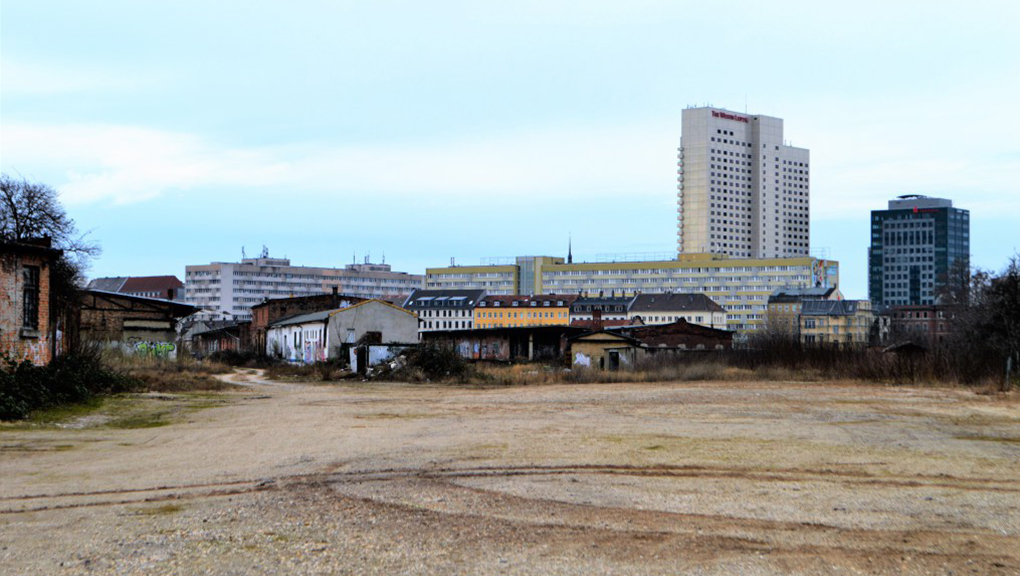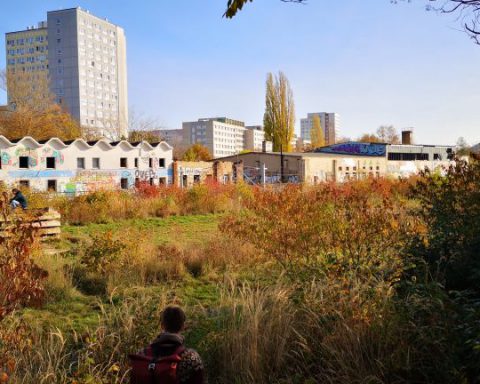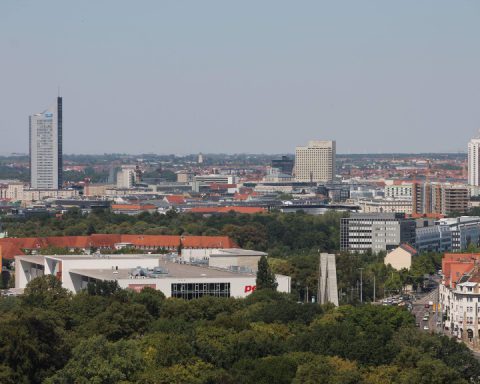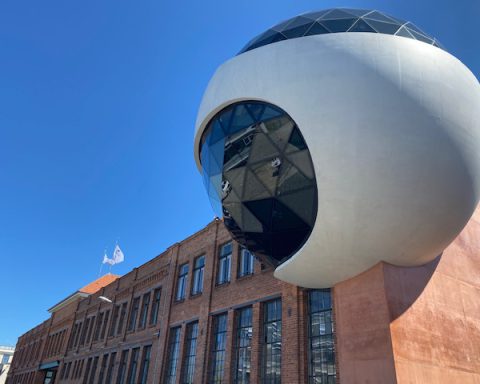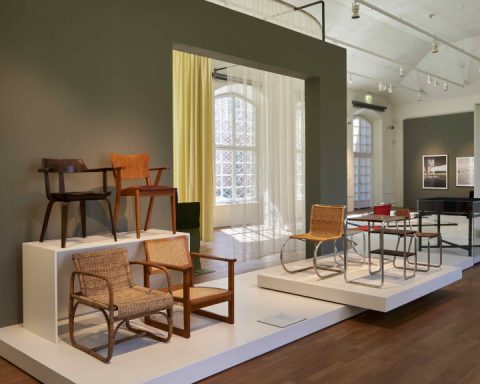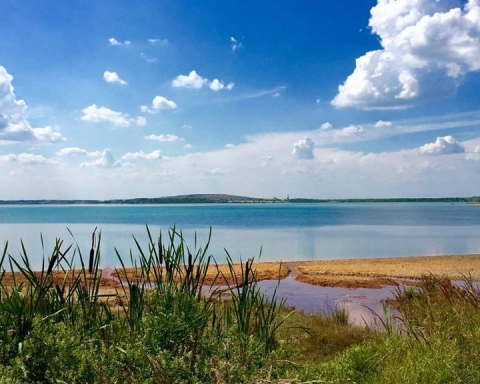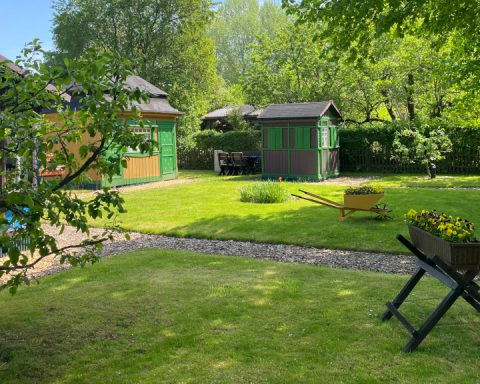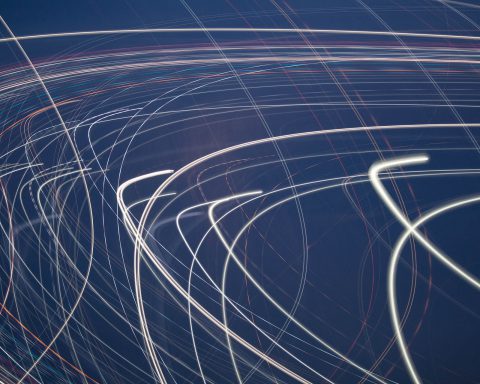Leipziger Freiheit – this was the motto that Leipzig chose in 2002 to promote itself to investors across Germany. Fourteen years later Leipzig has grown by over 100,000 people, yet freedom remains the hallmark of our booming town. Apart from intellectual and entrepreneurial freedom, Leipzig exhibits another type of freedom that is the envy of every growing metropolis: spatial freedom. Along the outer periphery of the central ring road lie vast open spaces of urban prairie, once populated areas that have fallen into decay and are being reconquered by nature. The combined area of these spaces is over 70 hectares, which exceeds the total area of the city centre. Instead of a cosy walk through Clara-Zetkin-Park, my seven month-old daughter Katerina and I used the past weekend to explore Leipzig’s most fascinating dream spaces (see map).
[googlemaps https://www.google.com/maps/d/u/0/embed?mid=zo6Br7x_NUf8.kUwEqCNuTIQE&w=640&h=480]
Wilhelm-Leuschner-Platz
This is arguably Leipzig’s most famous urban prairie. Before the war, the vast open space you find now did not exist and the square itself was limited to a small oval footpath next to the current S-Bahn station. Most of the area was taken up by an indoor market hall where Leipzigers could buy fresh groceries and other products for everyday use. The building was destroyed during World War II and its ruined facade was torn down in the late 1950s. The former Königsplatz was renamed Wilhelm-Leuschner-Platz after the anti-fascist. Apart from the completion of the Bowlingtreff-building in 1987 the area has largely been left to decay for over 70 years. Current plans for the area include the construction of a new indoor market hall, which I personally think is a great idea. The city’s plans also foresee an extension of the town hall, several residential and commercial buildings as well as the total integration of the area into the city centre. The idea to build a Reunification Monument, which was raised by the city a few years ago, has been all but abandoned.
Hauptbahnhof West
Wow, this area was truly creepy. If you walk through Hauptbahnhof along the disused Platform 1, you will eventually emerge into the vastest urban prairie Leipzig’s city centre has to offer. With almost 10 hectares, this area is larger than all the other central urban prairies combined. It is very isolated from the surrounding districts and the whole place is filled with an eerie silence. A few scattered old storage buildings are packed with trash and dirt (and probably human corpses). If you’re into the romance of decay, this place is perfect for you. However, it’s got a lot of potential: It is situated right next to the Parthe river, whose course runs right through the zoo. The city’s urban planning department is currently working at concrete plans for the redevelopment of the area, turning it into a largely residential neighbourhood.
Krystallpalast
Believe it or not, but before the war Leipzig possessed Germany’s largest entertainment district. The famous Krystallpalast was the centrepiece of this area just east of the Hauptbahnhof, which was destroyed during an air raid in World War II. Now nothing remains of the richly decorated Alberthalle and its Mediterranean gardens (google this!). During the GDR the area was used by a circus, presumably in an attempt to revive the place’s former character. In 1992 arsonists set the remaining buildings on fire, and all one finds today are sheep tracks, piles of dirt – and the A&O hostel. Nevertheless, the redevelopment of this area is only a matter of time. The city’s current growth rate urgently requires the establishment of new housing areas and last year Leipzig’s city council zoned this space as a residential and commercial area. Detailed plans can be viewed at here; construction is likely to begin within the decade.
—–
Yes, you can view urban prairies as spaces of desolation and decay, but given Leipzig’s spectacular growth, I prefer to see them as dream spaces. As opposed to pretty much every other German city of similar size, Leipzig possesses lots of opportunities for the realization of awesome urban visions. If you live in Leipzig, you’re clearly in the right place!

